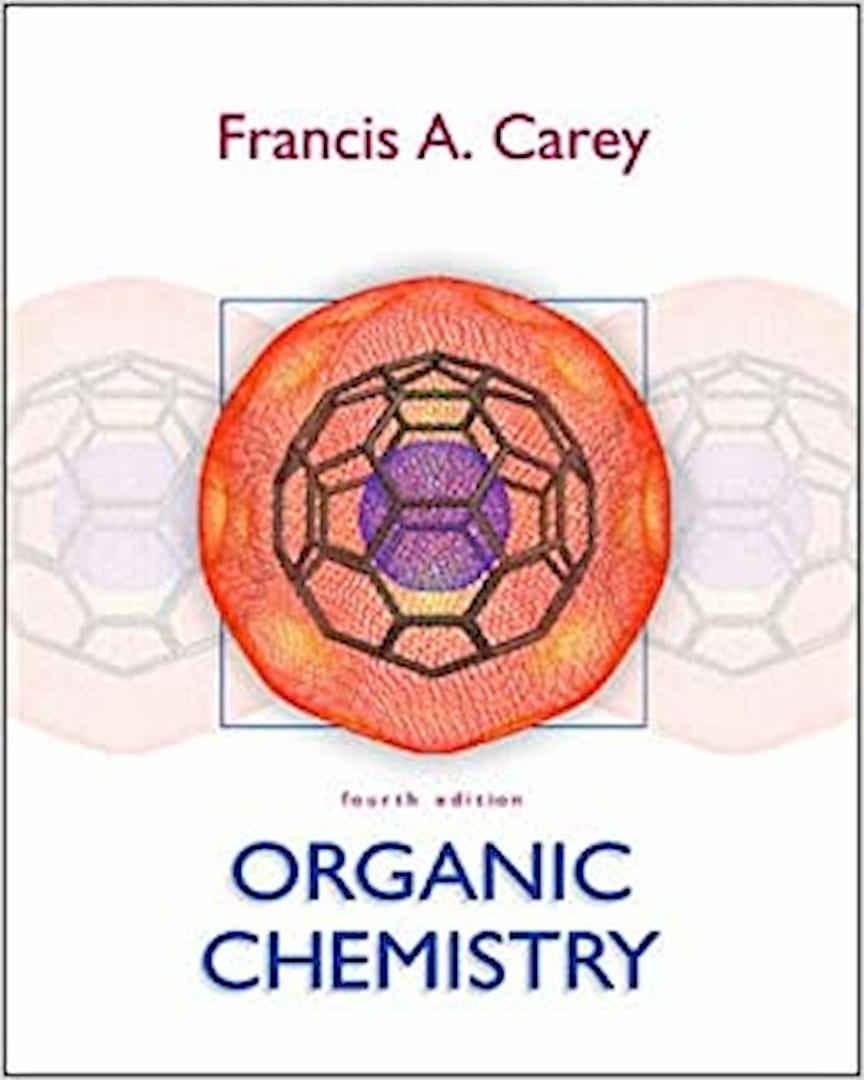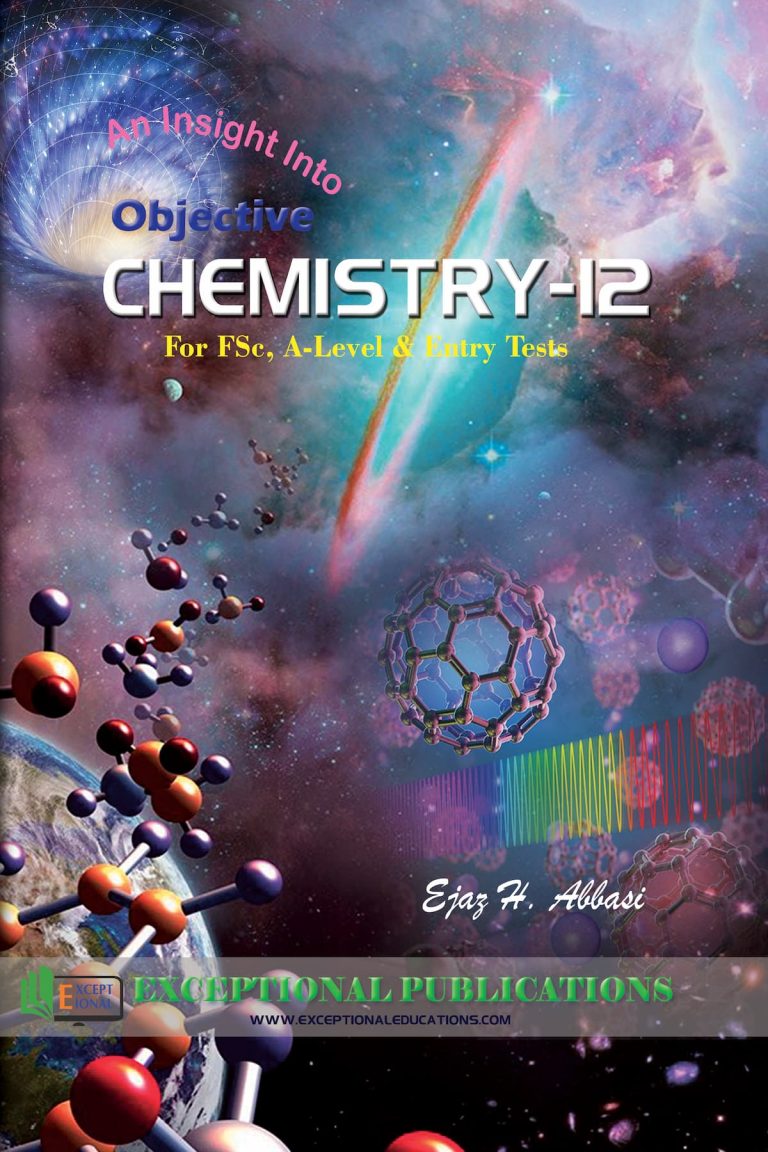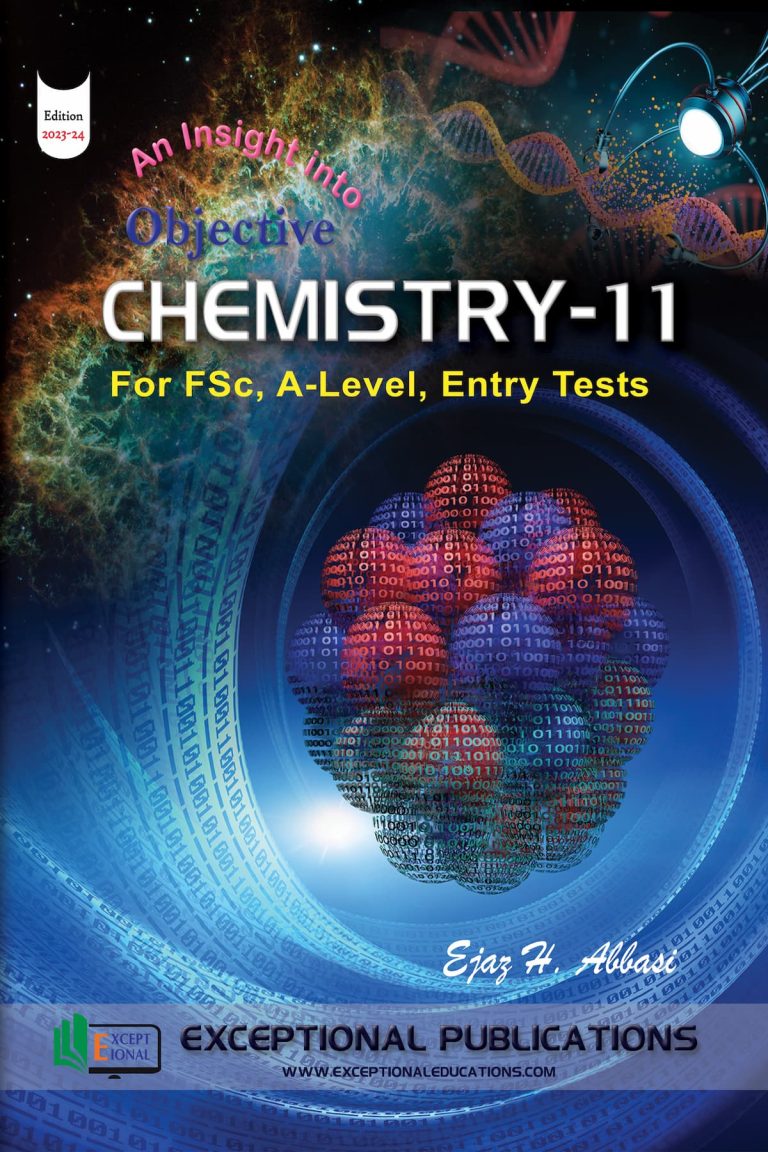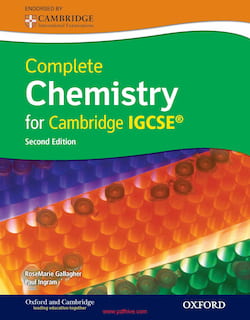Organic chemistry Francis A Carey: Organic Chemistry has been designed to satisfy the requirements of the “mainstream,” two-semester, undergraduate chemistry course. it’s evolved as those needs have changed, but its philosophy remains an equivalent . The overarching theme is that organic chemistry isn’t only an interesting subject, but also a logical one.
Topics we cover, also as thorough and patient in developing them. Teaching in the least levels is undergoing rapid change, especially in applying powerful tools that exploit the graphics capability of private computers.
Organic chemistry has always been the foremost graphical of the chemical sciences and is well positioned to profit significantly from these tools. according to our philosophy, this edition uses special effects to reinforce the core material, to form it more visual, and more understandable, but during a way that increases neither the quantity of material nor its level.
The author of this book “Organic chemistry” is Francis A Carey.
ALL-NEW ILLUSTRATIONS: All figures were redrawn to convey visual concepts clearly and forcefully. Additionally, the author created variety of latest images using the Spartan molecular modeling application. Now students can view electrostatic potential maps to see in vivid color of organic molecules.
FULL SPARTAN IMAGE INTEGRATION: The Spartan generated images are impressive in their title, except for teaching purposes they’re best once they are closely aligned with the text content. Because the author personally generated the photographs as he wrote this edition, the molecular models are fully integrated with text, and thus the tutorial value is maximized. Additionally, icons direct students to specific applications of either the SpartanView or SpartanBuild program, found on the accompanying CD-ROM. Appendix 3 provides an entire guide to the Learning by Modeling CD-ROM.
ALL-NEW SPECTRA: Chapter 13, Spectroscopy, was heavily revised, with rewritten sections on NMR and with all the NMR spectra generated on a high-field instrument.
IMPROVED SUMMARIES: The end-of-chapter summaries are recast into a more open, easier-to-read format, inspired by the recognition of the accompanying summary tables.
NEW DESIGN: This edition sports a replacement look, with an emphasis on neatness, clarity, and color carefully used to heighten interest and to make visual cues for important information.







